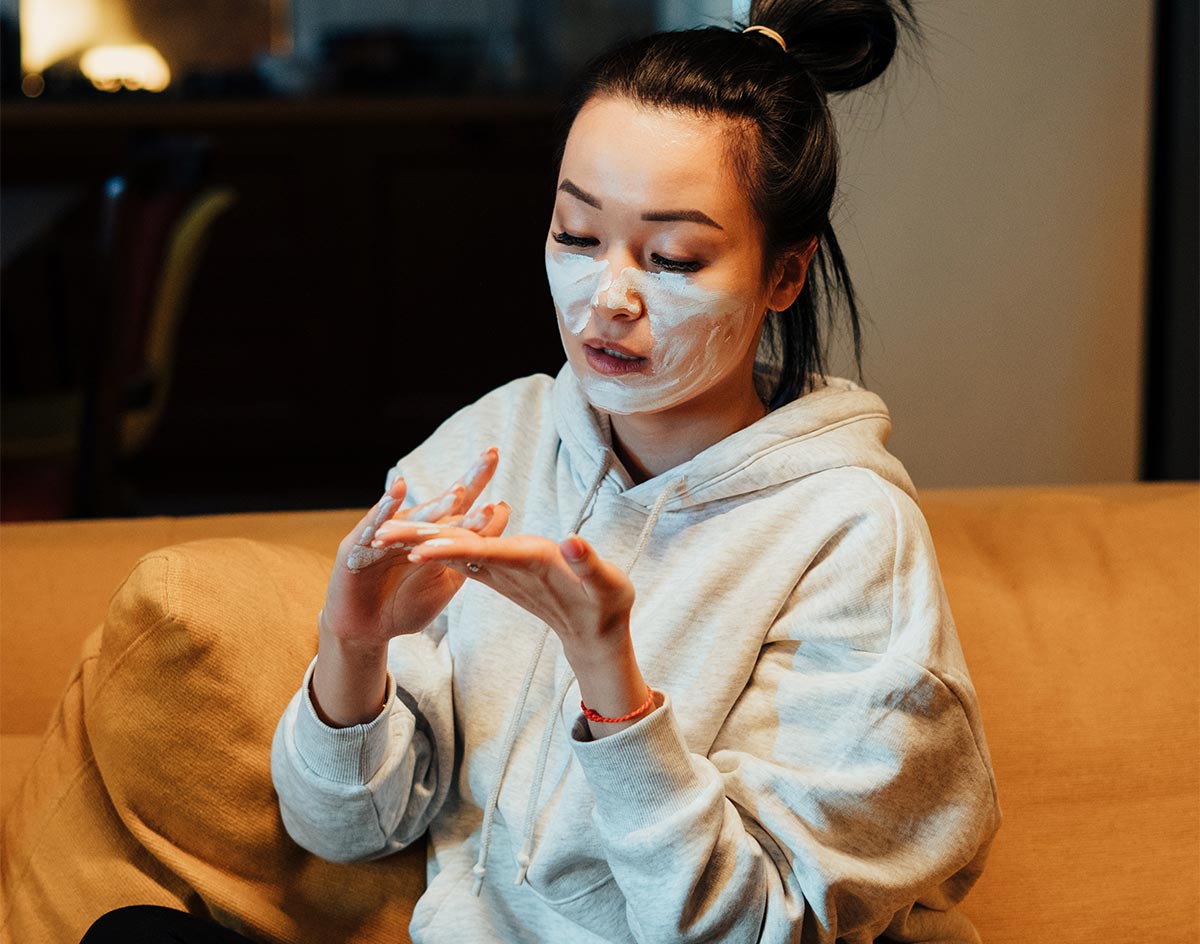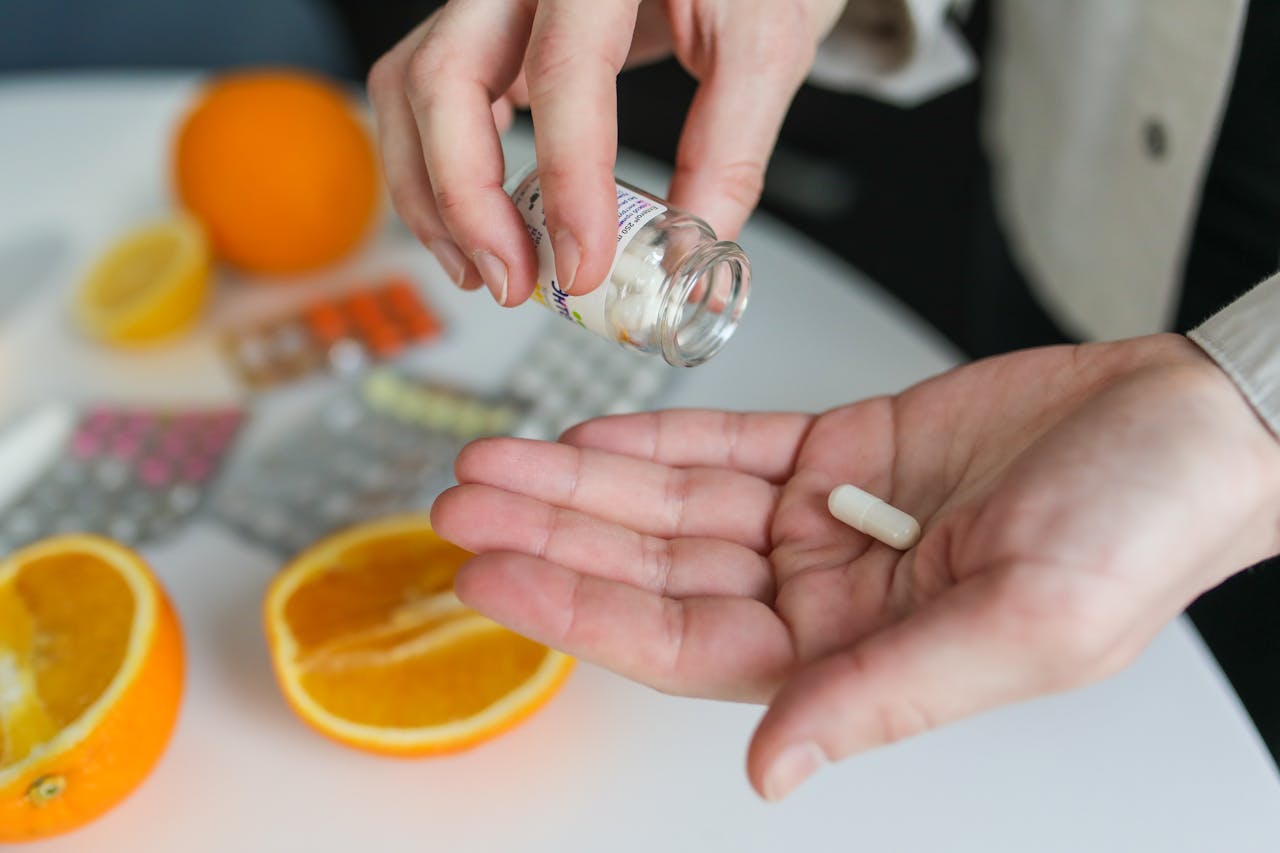Throughout history, radiant skin has been a symbol of beauty and health. Cleopatra, the iconic queen of Egypt, is said to have maintained her legendary glow with milk and honey baths. Today, the pursuit of flawless, youthful skin is as vibrant as ever, but advances in skincare technology and science have made the journey far more accessible and effective.
The Science of Skin Structure
To understand the importance of skincare, it's essential to grasp the fundamentals of your skin's structure. The outermost layer, the epidermis, acts as a shield against environmental factors like UV radiation, pollution, and pathogens. Beneath it lies the dermis, which houses connective tissue, collagen, and elastic fibers. These components provide strength, flexibility, and the ability to heal.
Oil glands within the dermis produce sebum, a natural moisturizer that keeps skin supple while retaining hydration. Sweat glands help regulate temperature and remove toxins. Together, these systems form the foundation of healthy skin, but they require proper care to function optimally.
Why Daytime Skincare Matters
The skin faces numerous stressors during the day, from UV rays to environmental pollutants. These factors accelerate the aging process through free radical activity, leading to wrinkles, dryness, and discoloration. Research shows that up to 90% of premature skin aging is linked to sun exposure. UVA rays contribute to wrinkles and skin cancer, while UVB rays cause sunburn. This process, known as photo-aging, can weaken collagen and elastin, essential proteins for skin elasticity.
Winter weather adds another layer of complexity. Low humidity and cold air strip the skin of moisture, causing dryness and irritation. Addressing these issues proactively with proper daytime skincare routines can protect and preserve your skin.
The Essentials of Daytime Skincare
A solid daytime skincare routine focuses on prevention and protection. The goal is to shield the skin from harmful UV rays, lock in moisture, and combat environmental stressors. Using a high-quality daytime moisturizer with effective ingredients is the first step to maintaining youthful, healthy skin.
Key ingredients to look for in daytime skincare products include:
Zinc Oxide and Titanium Dioxide: These physical sunscreens act as a barrier, reflecting and scattering UV rays before they can damage the skin. They provide broad-spectrum protection against UVA and UVB rays and are gentle enough for daily use.
Vitamin E (DL Alpha Tocopherol): This potent antioxidant neutralizes free radicals, reduces oxidative stress, and promotes skin rejuvenation. It also helps minimize scarring and supports overall skin health.
Niacinamide (Vitamin B3): Known for its ability to reduce hyperpigmentation and improve skin elasticity, niacinamide strengthens the skin barrier and enhances resilience against environmental pollutants.
Panthenol (Vitamin B5): This hydrating ingredient penetrates deep into the skin, alleviating dryness and irritation. It acts as a non-toxic moisturizer, making it suitable for sensitive skin.
How to Build Your Daytime Skincare Routine
To maximize the benefits of daytime skincare, start your morning with a gentle cleanser to remove impurities. Follow up with a toner to restore the skin's pH balance. Apply a moisturizer with sunscreen, ensuring it contains at least SPF 30 for effective protection. If you prefer a multi-tasking product, choose a day cream enriched with antioxidants and vitamins.
For an added boost, consider incorporating serums tailored to your specific skin concerns. For example, a vitamin C serum can brighten your complexion and provide additional antioxidant protection. Always finish your routine with sunscreen to shield your skin from harmful UV rays.
The Role of Lifestyle in Skincare
While topical products play a significant role, maintaining healthy skin also depends on your overall lifestyle. A balanced diet rich in fruits, vegetables, and omega-3 fatty acids supports skin health from within. Staying hydrated ensures your skin remains plump and elastic, while regular exercise improves circulation and promotes a healthy glow.
Reducing stress through mindfulness practices like yoga or meditation can also benefit your skin. Stress triggers the release of cortisol, a hormone that can exacerbate inflammation and accelerate aging. By managing stress, you can enhance your skin's resilience and vitality.
Conclusion: Invest in Your Skin
Your skin is your body's largest organ and deserves care and attention. By adopting a comprehensive daytime skincare routine, you can protect against environmental damage, reduce the signs of aging, and enjoy a radiant complexion. Whether you're incorporating advanced ingredients like niacinamide and panthenol or simply ensuring consistent sunscreen use, every step contributes to healthier, more youthful skin.
With the right products and habits, you can achieve and maintain the glowing skin you've always desired. Let your skincare routine be a testament to self-care and confidence.













